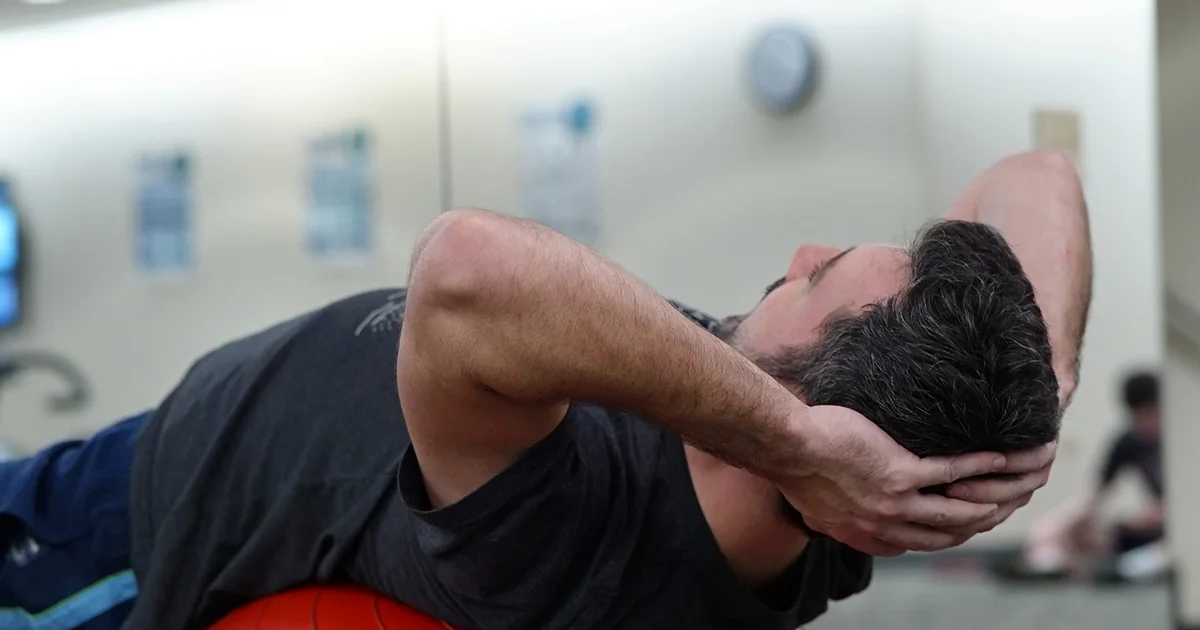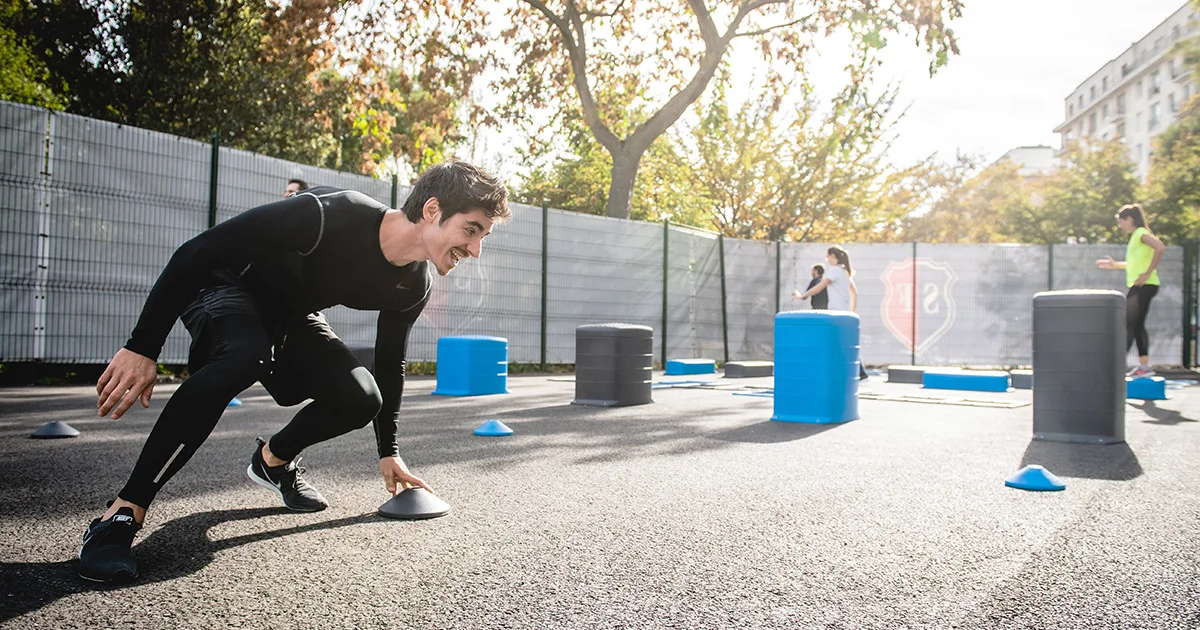Here's what we'll cover
Here's what we'll cover
Since at least the 1970s, dermatologists and healthcare researchers have been looking at the effectiveness of using zinc for acne vulgaris. Zinc is an essential mineral. That means your body needs it to function properly. Among its many roles, zinc seems to play a part in skin health.
The research on zinc therapy has mostly looked at its use as an oral supplement or topical therapy. While that work suggests that zinc may be helpful for the treatment of mild-to-severe acne, the findings have been inconsistent. Also, zinc comes with some side effects (Cervantes, 2017).
Benefits of using zinc for acne
Numerous clinical trials have examined the benefits of zinc for different types of acne. Some of that work looks at zinc taken alone as an oral supplement, while other studies look at using zinc in the form of a topical agent—meaning a form of zinc you spread on your skin—either alone or with something else. Some of the theories about zinc’s benefits include (Cervantes, 2017):
Blocking the spread of P. acnes, the skin bacteria associated with acne
Reducing the activity of oil glands in the skin
Better wound healing
Anti-bacterial, antioxidant, and anti-inflammatory properties
Zinc as an oral supplement
Among the studies that look at zinc as a standalone oral treatment for acne, several small clinical trials found that it may be effective. While the exact results differ from one study to the next, some of the observed benefits in that dermatology research include (Thompson, 2021):
Fewer inflamed and non-inflamed acne pimples, which experts call “lesions”
Lower facial skin oiliness (a.k.a., lower oil production)
Improved skin appearance
An overall reduction in acne severity or breakouts
While these benefits are promising, some studies that compare zinc to other oral treatments, such as the antibiotics tetracycline and minocycline, have found it to be less effective. Most of the clinical trials linking zinc-only supplements to acne benefits have looked at daily doses ranging from around 100 mg to 200 mg—although some work has looked at doses up to 600 mg per day (Cervantes, 2017). Also, all of these doses are well above the 8 mg to 13 mg recommended daily allowance (RDA) for adults taking zinc (IOM, 2001).
Zinc in topical creams and treatments
Meanwhile, other studies that look at zinc as a topical treatment for acne examine its effectiveness when combined with other helpful ingredients—usually topical antibiotics such as erythromycin and clindamycin.
Nearly all of the research to date on topical zinc treatments looks at zinc sulfate (a mixture of zinc and sulfur) in combination with the antibiotic drug erythromycin. Once again, the findings of that research are mixed. Several studies show that topical medications containing zinc and other medicines can provide the above benefits and reductions in skin bacteria linked to acne. That said, the results of one of the most recent studies on this zinc-erythromycin combo reveal that it is no more effective for acne than an erythromycin-only topical treatment (Sayyafan, 2020).
The takeaway from all this work is encouraging. But again, the results are inconsistent, and zinc alone is far from being a routine alternative to other treatments. Experts who have reviewed the research say that we need more studies to determine if zinc beats out other acne treatments, such as benzoyl peroxide or vitamin A (Thompson, 2021).
The American Academy of Dermatology (AAD) does not support any recommendations regarding oral zinc for the treatment of acne at this time and also says that topical zinc alone is ineffective (Zaenglein, 2016).
What are the side effects of zinc?
Again, the research here is mixed. But both oral and topical zinc can cause adverse effects.
Zinc taken as an oral supplement, especially by itself and in higher doses, seems to cause the most issues. Most of the research has found that people who take zinc may experience gastrointestinal issues, such as nausea, stomach pain, indigestion, or cramps. A few people reported vomiting, but this was less common (Cervantes, 2017).
Side effects have been rarer in people taking zinc in combination with other medicines. That’s especially true of topical zinc creams. But side effects still crop up. These include itchy skin, skin irritation, and redness (Cervantes, 2017).
Other uses of zinc
Zinc performs all sorts of important jobs in our bodies. It’s crucial for early development, cell health, and immune functioning (Gupta, 2020). It also helps form hundreds of the proteins and enzymes that keep you alive (Bartzatt, 2017).
Moreover, a lot of people have low zinc levels. By some estimates, 80% of women have a zinc deficiency, so taking a dietary supplement that contains zinc may be beneficial (Bostanci, 2015).
Long story short, there’s some preliminary evidence that zinc, taken either as an oral supplement or in a cream, may help treat acne. Like using sunscreen and other steps recommended by dermatologists, zinc may turn out to be a good addition to your skincare routine. But more work is needed to determine the best way to take zinc or whether it outperforms other acne treatments. Right now, the role of zinc in the treatment of acne is uncertain.
DISCLAIMER
If you have any medical questions or concerns, please talk to your healthcare provider. The articles on Health Guide are underpinned by peer-reviewed research and information drawn from medical societies and governmental agencies. However, they are not a substitute for professional medical advice, diagnosis, or treatment.
Bartzatt, R. (2017). Neurological Impact of Zinc Excess and Deficiency In vivo. European Journal of Nutrition & Food Safety , 7 (3), 155-160. doi: 10.9734/EJNFS/2017/35783. Retrieved from https://www.researchgate.net/profile/Ronald-Bartzatt/publication/319200315_Neurological_Impact_of_Zinc_Excess_and_Deficiency_In_vivo/links/599c8eb6aca272dff12bbf11/Neurological-Impact-of-Zinc-Excess-and-Deficiency-In-vivo.pdf
Bostanci, Z., Mack, R. P., Jr, Lee, S., Soybel, D. I., & Kelleher, S. L. (2015). Paradoxical zinc toxicity and oxidative stress in the mammary gland during marginal dietary zinc deficiency. Reproductive toxicology (Elmsford, N.Y.) , 54 , 84–92. doi: 10.1016/j.reprotox.2014.07.076. Retrieved from https://www.ncbi.nlm.nih.gov/pmc/articles/PMC4312747/
Cervantes, J., Eber, A. E., Perper, M., Nascimento, V. M., Nouri, K., & Keri, J. E. (2018). The role of zinc in the treatment of acne: A review of the literature. Dermatologic therapy , 31 (1). doi: 10.1111/dth.12576. Retrieved from https://pubmed.ncbi.nlm.nih.gov/29193602/
Gupta, S., Brazier, A., & Lowe, N. M. (2020). Zinc deficiency in low- and middle-income countries: prevalence and approaches for mitigation. Journal of human nutrition and dietetics : the official journal of the British Dietetic Association , 33 (5), 624–643. doi: 10.1111/jhn.12791. Retrieved from https://onlinelibrary.wiley.com/doi/pdf/10.1111/jhn.12791
Institute of Medicine (US) Panel on Micronutrients (IOM). (2001). Dietary Reference Intakes for Vitamin A, Vitamin K, Arsenic, Boron, Chromium, Copper, Iodine, Iron, Manganese, Molybdenum, Nickel, Silicon, Vanadium, and Zinc. National Academies Press (US) . doi: 10.17226/10026. Retrieved from https://pubmed.ncbi.nlm.nih.gov/25057538/
Santos, H. O., & Teixeira, F. J. (2020). Use of medicinal doses of zinc as a safe and efficient coadjutant in the treatment of male hypogonadism. The aging male : the official journal of the International Society for the Study of the Aging Male , 23 (5), 669–678. doi: org/10.1080/13685538.2019.1573220. Retrieved from https://www.tandfonline.com/doi/pdf/10.1080/13685538.2019.1573220
Sardana, K., & Garg, V. K. (2010). An observational study of methionine-bound zinc with antioxidants for mild to moderate acne vulgaris. Dermatologic therapy , 23 (4), 411–418. doi: 10.1111/j.1529-8019.2010.01342.x. Retrieved from https://onlinelibrary.wiley.com/doi/abs/10.1111/j.1529-8019.2010.01342.x
Sayyafan, M. S., Ramzi, M., & Salmanpour, R. (2020). Clinical assessment of topical erythromycin gel with and without zinc acetate for treating mild-to-moderate acne vulgaris. The Journal of dermatological treatment , 31 (7), 730–733. doi: 10.1080/09546634.2019.1606394. Retrieved from https://pubmed.ncbi.nlm.nih.gov/30998422/
Shalita, A. R., Falcon, R., Olansky, A., Iannotta, P., Akhavan, A., Day, D., Janiga, A., Singri, P., & Kallal, J. E. (2012). Inflammatory acne management with a novel prescription dietary supplement. Journal of drugs in dermatology : JDD , 11 (12), 1428–1433. Retrieved from https://pubmed.ncbi.nlm.nih.gov/23377512/
Thompson, K. G., & Kim, N. (2021). Dietary supplements in dermatology: A review of the evidence for zinc, biotin, vitamin D, nicotinamide, and Polypodium. Journal of the American Academy of Dermatology , 84 (4), 1042–1050. doi: 10.1016/j.jaad.2020.04.123. Retrieved from https://www.jaad.org/article/S0190-9622(20)30744-1/fulltext
Zaenglein, A. L., Pathy, A. L., Schlosser, B. J., Alikhan, A., Baldwin, H. E., Berson, D. S., et al. (2016). Guidelines of care for the management of acne vulgaris. Journal of the American Academy of Dermatology , 74 (5), 945–73.e33. doi: 10.1016/j.jaad.2015.12.037. Retrieved from https://linkinghub.elsevier.com/retrieve/pii/S0190962215026146










